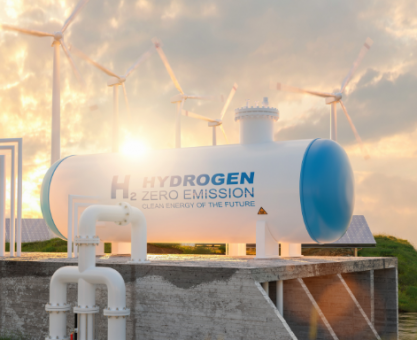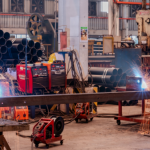Executive Summary
-
Discover the latest decarbonization technologies shaping industries.
-
Understand the benefits and challenges of adopting these technologies.
-
Learn about real-world applications and strategic insights for effective implementation.
-
Explore tools and resources to advance your decarbonization journey.
-
Gain actionable tips and expert recommendations for 2025 and beyond.
Introduction
As the world grapples with climate change, industries face mounting pressure to reduce their carbon footprint. The push for decarbonization is not just a regulatory requirement but a strategic imperative for sustainability and competitiveness. This article explores cutting-edge decarbonization technologies that are set to revolutionize industries by 2025, offering insights into their benefits, challenges, and real-world applications.
Definitions and Context
Decarbonization refers to the reduction of carbon dioxide emissions through the use of low-carbon power sources and technologies. Key technologies include:
-
Carbon Capture and Storage (CCS): Capturing CO₂ emissions at the source and storing them underground.
-
Hydrogen Fuel Cells: Using hydrogen to produce electricity, with water as the only emission.
-
Renewable Energy Integration: Incorporating solar, wind, and other renewable sources into industrial processes.
-
Energy Efficiency Technologies: Advanced systems and materials that reduce energy consumption.
Benefits
-
Reduced Environmental Impact: Significant reduction in greenhouse gas emissions.
-
Regulatory Compliance: Meeting international and local environmental standards.
-
Cost Savings: Long-term reduction in energy costs and potential tax incentives.
-
Enhanced Brand Value: Positioning as a leader in sustainability attracts eco-conscious consumers.
Risks and Challenges
-
High Initial Costs: Investment in new technologies can be substantial.
-
Technological Complexity: Requires advanced expertise and integration capabilities.
-
Operational Disruptions: Transitioning to new systems may temporarily affect operations.
-
Regulatory Uncertainty: Evolving policies can impact strategic planning.
How to Implement Decarbonization Technologies
-
Assess Current Emissions: Conduct a thorough audit of current carbon outputs.
-
Identify Suitable Technologies: Evaluate technologies based on industry needs and feasibility.
-
Develop a Strategic Plan: Outline goals, timelines, and resource allocation.
-
Pilot Implementation: Test selected technologies on a smaller scale.
-
Monitor and Optimize: Continuously track performance and make necessary adjustments.
A leading manufacturing firm adopted renewable energy integration and energy efficiency technologies. By installing solar panels and upgrading to LED lighting, the company reduced its carbon emissions by 40% and saved $1 million annually in energy costs.
— Manufacturing Firm’s Carbon Reduction Success
Expert Tips and Strategic Insights
-
Consult with Experts: Engage with industry specialists to tailor technologies to your needs.
-
Stay Informed on Policy Changes: Regularly review regulatory updates to ensure compliance.
-
Leverage Partnerships: Collaborate with technology providers for shared innovation and resources.
-
Invest in Training: Equip your workforce with the skills needed for new technologies.
Tools and Resources
-
Carbon Footprint Calculators: Online tools to estimate and track emissions.
-
Renewable Energy Estimators: Assess potential savings from renewable energy investments.
-
Industry Reports: Stay updated with the latest trends and technological advancements.
Conclusion
Decarbonization technologies are pivotal for industries aiming to thrive in a sustainable future. By understanding and implementing these innovations, businesses can not only comply with regulations but also gain a competitive edge. For personalized decarbonization strategies, consult with experts who can guide you through this transformative journey.






















